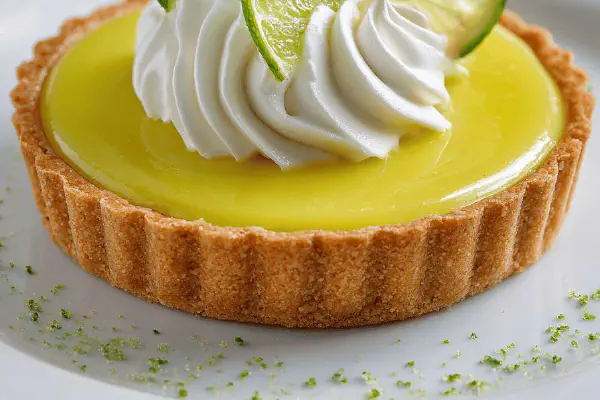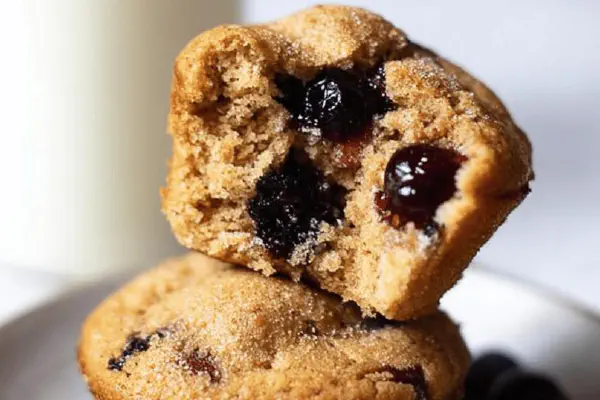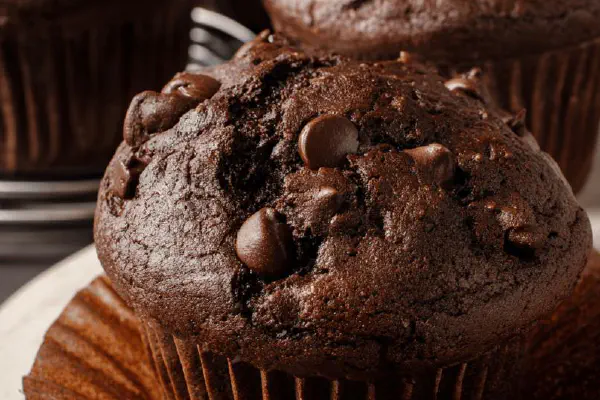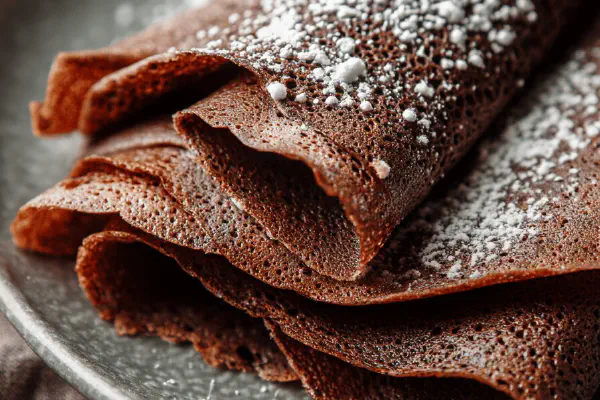Basic Crepes Remix
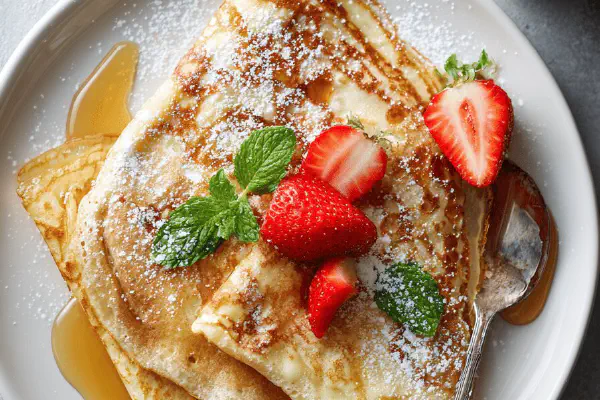
By Emma
Certified Culinary Professional
Ingredients
- 250 ml (1 cup) oat milk
- 2 large eggs
- 130 g (1 cup) all-purpose flour
- 20 ml (1 tbsp) honey
- 1 pinch of kosher salt
- 5 ml (1 tsp) vanilla extract
- Butter for brushing pan
About the ingredients
Method
- 1. Break eggs in blender pitcher. Add oat milk, honey, salt, vanilla. Pulse a few seconds to combine.
- 2. Add flour gradually while blending at low speed to avoid lumps. Look for batter that’s fluid but coats the spoon thinly.
- 3. Heat a nonstick skillet about 18 cm (7 in) wide over medium. Peek at surface for hot shimmer—not smoking.
- 4. Swipe a thin coat of butter with a pastry brush; too much, and crepes soak grease.
- 5. Pour roughly 50 ml (a scant 1/4 cup) into center. Lift pan and swirl immediately—watch batter hit edges, thin layer spreads quickly.
- 6. Watch edges closely—when they pull slightly from pan and bottom turns light golden, about 50-60 seconds, flip gently with a thin spatula.
- 7. Cook underside for 20-25 seconds until light past golden with tiny bubbles popping on surface.
- 8. Remove carefully. Stack on foil-lined plate to keep warm but not soggy.
- 9. Repeat, brushing pan with butter only if dry spots appear. Watch speed—too hot burns; too cold dries batter or sticks.
- 10. Serve warm. Use fresh fruit, syrup, or just a dusting of powdered sugar to keep it classic.
Cooking tips
Chef's notes
- 💡 Batter thin but not watery; drip consistency key. Add flour slow or lumps pop up. Watch spoon coating; stringy drip means ready. Oat milk changes moisture balance—adjust flour if batter too loose. Use blender pulse, not full speed, avoid gluten over-work.
- 💡 Heat pan medium, listen for sizzle not smoke. Hot shimmer on surface first sign. Brush butter thin; grease puddles soak crepes—kills crisp edges. Swirl batter quick; pan tilt important. Crepes start peeling edges—flip with thin spatula, don’t rush or tear. Flip one time only usually, no poking.
- 💡 Honey browns faster than sugar; cut quantity or crepes burn. Vanilla not classic but aromatic, skip if none, maybe citrus zest for lift. Salt pinch wakes flavors, don’t skip. Butter only for pan, oil changes flavor and texture. Try almond or soy milk swap but watch batter thickness closely.
- 💡 Crepe cooking times flexible; edges curl, bottom goes light gold. Pop bubbles on surface tell doneness; flip before too dark or crepe stiffens. Second side cooks less to keep tenderness. Stack on foil-lined plate; traps steam without soggy mess. Keep butter close, dry spots mean brush again.
- 💡 Heat control is battle; too hot scorches, too cool sticks. Adjust heat mid-cook by feel and visual. Batter fluidity changes with swaps; tweak flour or milk amount soft. Avoid thick batter; rubbery crepes follow. Watch for pan slickness, if dry, brush quickly or batter sticks. Keep practicing sensory cues.
Common questions
Why batter lumpy?
Add flour gradual. Overblend creates gluten knots. Pulse blender slow. Watch drip texture; should coat thin but fluid. Sift flour if needed. Lumps ruin thin layer.
Can I use other milk?
Sure, almond or soy fine. Watch batter thickness—these milk thinner than oat. Adjust flour liquid ratio. Coconut milk adds richness but changes flavor. No milk at all? Water copes but taste flat, batter thinner.
Crepes stick to pan, fix?
Heat off or too low. Butter on pan thinly every crepe. Clean pan wipes help. Nonstick best but old pans need extra care. Too much butter greases crepes, too little sticks. Balance key.
How store leftovers?
Wrap tight room temp short term. Refrigerate with parchment between layers for max two days. Reheat on skillet quick, low heat, or microwave briefly but loses texture. Freeze wrapped in foil, thaw wrapped to keep moisture.
